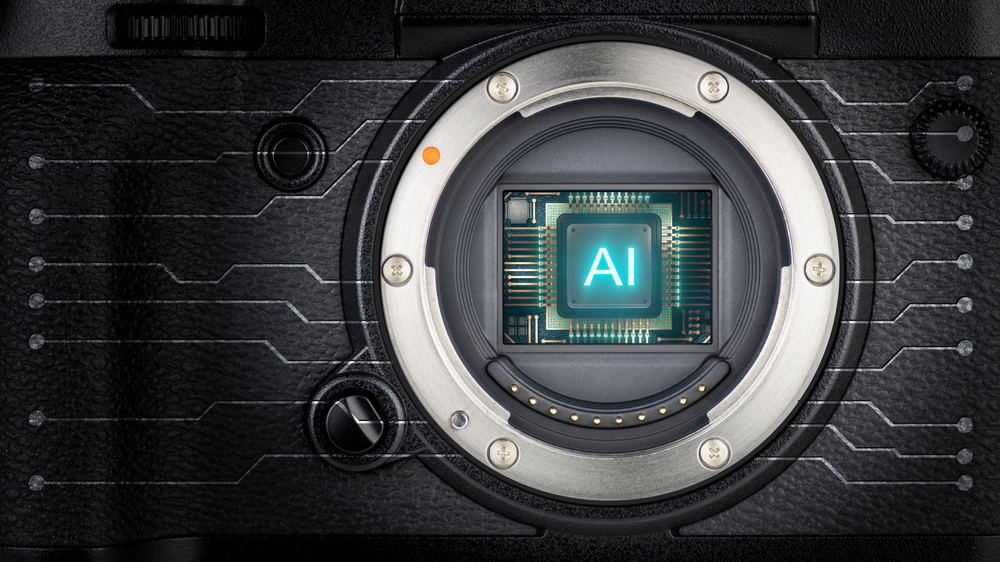NEO Semiconductor, a company focused on 3D DRAM and 3D NAND memory, has unveiled its latest 3D X-AI chip technology, which could potentially replace the existing HBM used in AI GPU accelerators.
Reportedly, this 3D DRAM comes with built-in AI processing capabilities, enabling processing and generation without the need for mathematical output. When large amounts of data are transferred between memory and processors, it can reduce data bus issues, thereby enhancing AI performance and reducing power consumption.
The 3D X-AI chip has a underlying neuron circuit layer that can process data stored in 300 memory layers on the same chip. NEO Semiconductor states that with 8,000 neutron circuits performing AI processing in memory, the 3D memory performance can be increased by 100 times, with memory density 8 times higher than current HBM. By reducing the amount of data processed in the GPU, power consumption can be reduced by 99%.
A single 3D X-AI die contains 300 layers of 3D DRAM cells and one layer of neural circuits with 8,000 neurons. It also has a capacity of 128GB, with each chip supporting up to 10 TB/s of AI processing capability. Using 12 3D X-AI dies stacked with HBM packaging can achieve 120 TB/s processing throughput. Thus, NEO estimates that this configuration may eventually result in a 100-fold performance increase.
Andy Hsu, Founder & CEO of NEO Semiconductor, noted that current AI chips waste significant amounts of performance and power due to architectural and technological inefficiencies. The existing AI chip architecture stores data in HBM and relies on a GPU for all calculations.
He further claimed that the separation of data storage and processing architecture has made the data bus an unavoidable performance bottleneck, leading to limited performance and high power consumption during large data transfers.
The 3D X-AI, as per Hsu, can perform AI processing within each HBM chip, which may drastically reduce the data transferred between HBM and the GPU, thus significantly improving performance and reducing power consumption.
Many companies are researching technologies to increase processing speed and communication throughput. As semiconductor speeds and efficiencies continue to rise, the data bus transferring information between components will become a bottleneck. Therefore, such technologies will enable all components to accelerate together.
As per a report from tom’s hardware, companies like TSMC, Intel, and Innolux are already exploring optical technologies, looking for faster communications within the motherboard. By shifting some AI processing from the GPU to the HBM, NEO Semiconductor may reduce the workload and potentially achieve better efficiency than current power-hungry AI accelerators.





